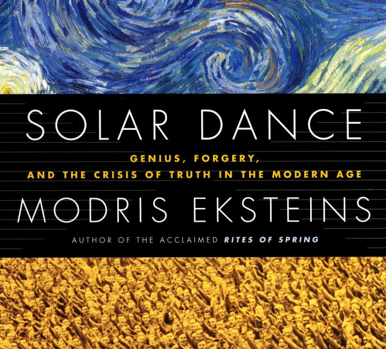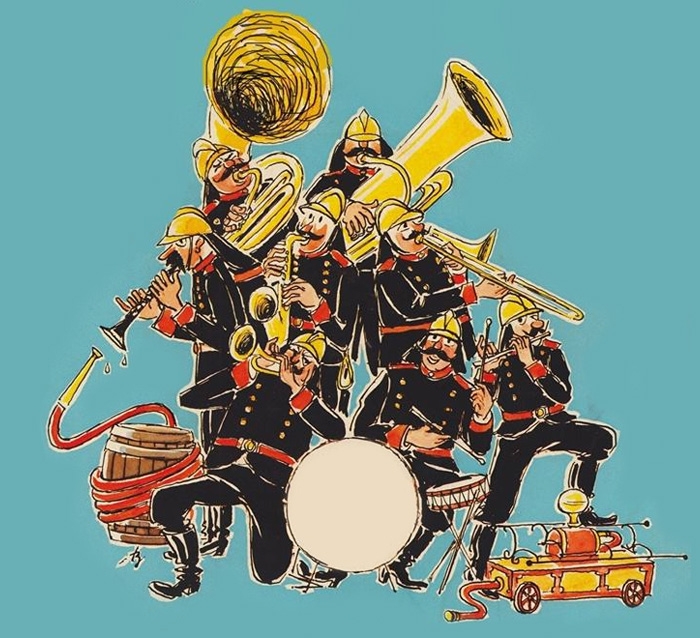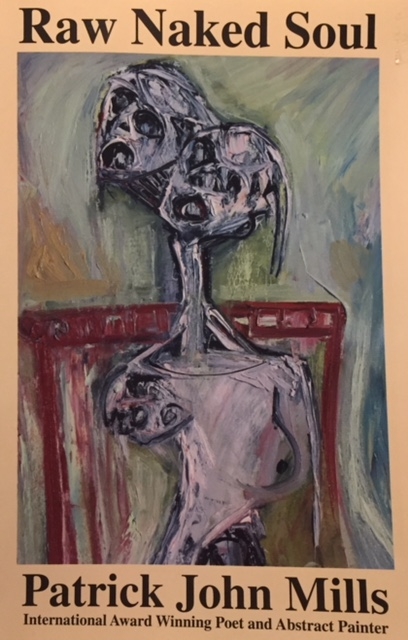
Solar Dance: Genius, Forgery, and the Crisis of Truth in the Modern Age
Today Vincent Van Gogh is everywhere. Prints of the Dutch master’s most famous paintings adorn student dormitories, living rooms and cafes. Many paintings feature the moon and stars or the sun hovering over landscapes. Van Gogh’s ubiquity, however, has undermined our appreciation of his role in helping us understand some of the last century’s most painful chapters. Why then did a painter who died in 1870 exert such a profound influence on our understanding of the 20th century? What accounts for the enormous appeal of his work? These are among the questions that run through Modris Eksteins’s wonderful new book, Solar Dance: Genius, Forgery and the Crisis of Truth in the Modern Age. In exploring them, Eksteins tells the story of not only Van Gogh but Otto Wacker as well, a German who in 1932 was tried and convicted for peddling Van Gogh forgeries. Both men in their own way yield profound insights into the zeitgeist of Europe in the opening decades of the last century.
Solar Dance is interesting in part because it’s so hard to classify. The book is part biography, part cultural history and even part mystery. Of the two men at the heart of Eksteins’s study, Van Gogh’s story is the more compelling. As Eksteins wonderfully makes clear, Van Gogh’s life was characterized by poverty, isolation, estrangement and eventually madness. He fell in love with different women, only to be rebuffed at each turn. Friendships were volatile. As the story goes, he cut off his own ear. Although why he did so or how exactly it happened remains in question, the incident is clearly rich with symbolic possibilities. The most interesting offered by Eksteins is that Van Gogh’s successful attempt at self mutilation reflected his identification with victims of Jack the Ripper, who at the time was terrorizing London. Jack the Ripper mutilated his victims, many of whom were prostitutes. In keeping with his life as an outsider, Van Gogh sought intimacy through his relationships with prostitutes at a local brothel.

Outside of that local brothel, Van Gogh’s art became his refuge. He writes to his brother about only feeling alive when he was engrossed in his work. He relished the opportunity to walk seemingly endlessly with his paint brush and easel. Some of his most famous paintings feature exaggerated images of landscapes bursting with colour. Yet his immersion in his art might also have accelerated his descent into madness. He not only allowed his health to deteriorate, he believed that doing so heightened his experience of painting and ultimately the quality of his work. Moreover, although his art is priceless now, it brought little re-numeration to him while he was alive. Van Gogh died poor, his work only dimly appreciated by a precious few. Why was this so? Ekstein locates the Expressionist school – of which Van Gogh was its most vital member – as a response to the perceived limitations of Impressionism. The impressionists put a premium on ‘precision and detail.’ Van Gogh and other Expressionists were less interested in faithful depictions of the natural world and more committed to exaggerated images as a way of the “mind exercising its autonomy over the experience of nature.” His art also constituted a form of ‘spiritual rebellion’ against the growing dominance of science, law and other sources of authority. Van Gogh, according to Eksteins, both personally and through his art anticipated the storms gathering over Europe.
Otto Wacker, for his part, was somewhat of a chameleon. He dabbled in dance and art and was gay. He created a sensation when he claimed to have in his possession an extensive series of hitherto undiscovered Van Gogh paintings. A Russian fled Bolshevik Russia with his treasure trove, or so told Wacker to the rest of the art world. The mysterious Russian entrusted Wacker with the paintings on the condition that his identity never be revealed. Throughout his trial and the rest of his life, Wacker insisted his story was true and that he would never reveal the identity of the Russian in question. It was thus impossible to verify. Various experts had sharply conflicting opinion as to the authenticity of the paintings Wacker sold to unwitting buyers. In the end, he was convicted of fraud and sentenced to two years in prison. But the origin of the forgeries has never been definitively determined. Who painted them?

Has Eksteins stretched too far the apparent connections between this case and the turbulent times in which it unfolded? He insists it is symptomatic of the much wider malaise characteristic of the times. Wacker’s scheme typifies, according to Eksteins, a crisis of authenticity. But we are talking about forgery in the pursuit of money – a type of crime that surely didn’t begin in the aftermath of the Great War. As far as criminal activity goes, it seems relatively benign. That various connoisseurs of the art world were confounded by Wacker’s claims may suggest more about the undeveloped science of forgery detection than it does about the crisis of truth in post World War Europe. Moreover, Eksteins stretches the connection between art and society even further: Wacker’s attempt at forgery anticipates our own culture’s fascination with celebrity and stardom.
Nevertheless Eksteins skillfully creates a sense of dread when he places Van Gogh’s work and appeal and Wacker’s attempt to profit from it in the context of the day. Van Gogh was Dutch, but his initial rise in influence and popularity happened most dramatically in 1920s Germany. According to Eksteins, his appeal had as much to do with his lonely, marginalized existence as it did with his art. Germany was suffering through the aftermath of the Great War and the Treaty of Versailles that was its most consequential outcome. The economy was in tatters, much of the country in ruins. People increasingly identified with those living their lives on the margins of society. Otto Wacker – among countless others no doubt – was prepared to find innovative and shadowy ways to survive. Apparent truths were shattering all around. Authority was collapsing. The climate was one of uncertainty and foreboding. As Hitler’s rise makes clear, people were susceptible to messages of hate and intolerance as a way of restoring a lost order. In telling this part of the story, Eksteins shows he’s a master at tracing the connections between culture and the political currents that led to some of the previous century’s darkest episodes.

Although the world is now a much different place, the modern condition remains one of flux and impermanency. In many key respects, truth remains elusive. There are countless numbers of people, like Van Gogh, who suffer from loneliness, estrangement and mental illness. Unlike Van Gogh, their art isn’t something in which they can take refuge. Similarly, Otto Wacker’s willingness to redefine himself anticipates the very common inclination today to do the same. But that prospect no longer inspires existential dread. Both men, from this perspective, anticipated the future, but it’s Van Gogh’s ghost that haunts us still.









